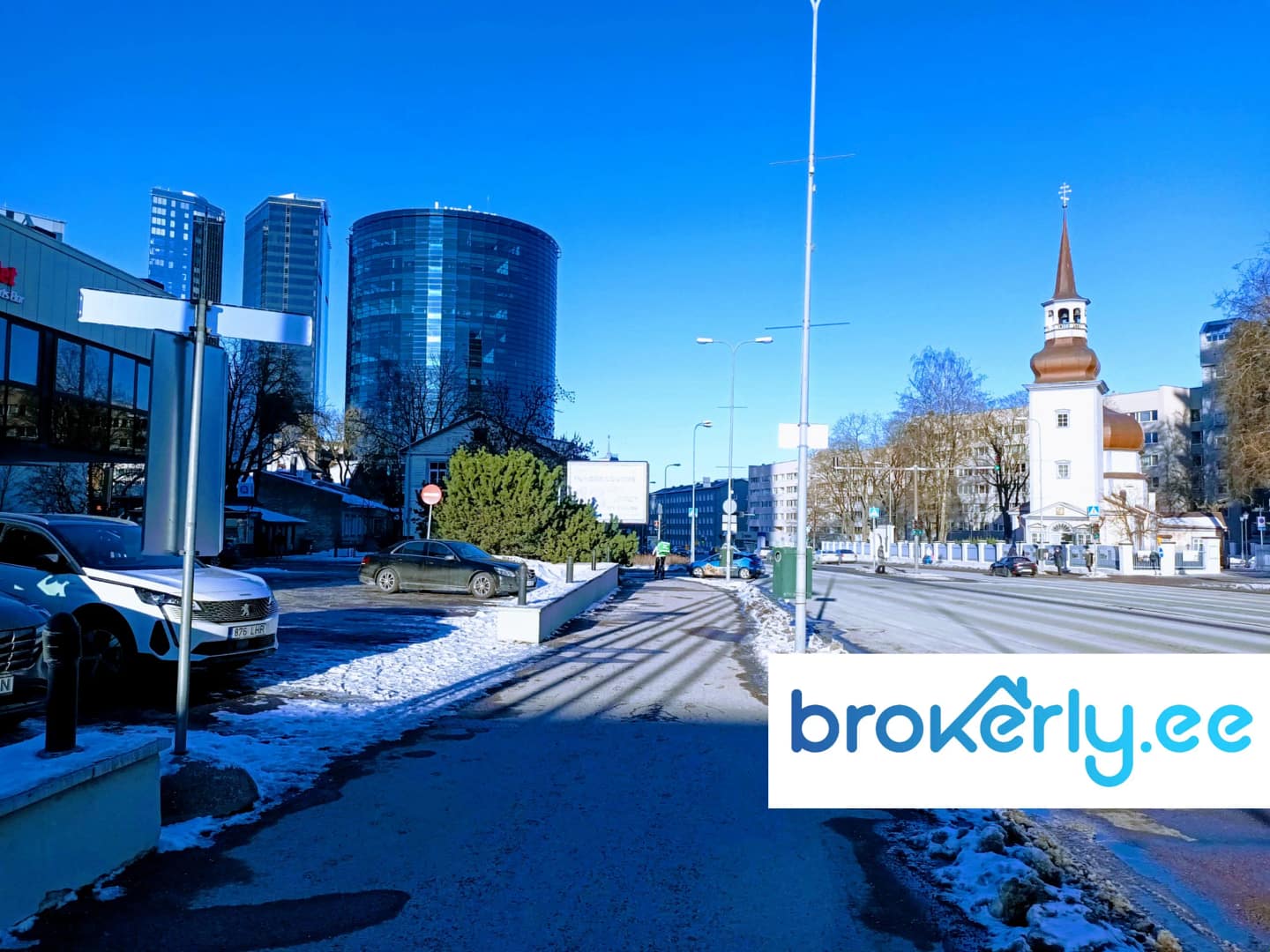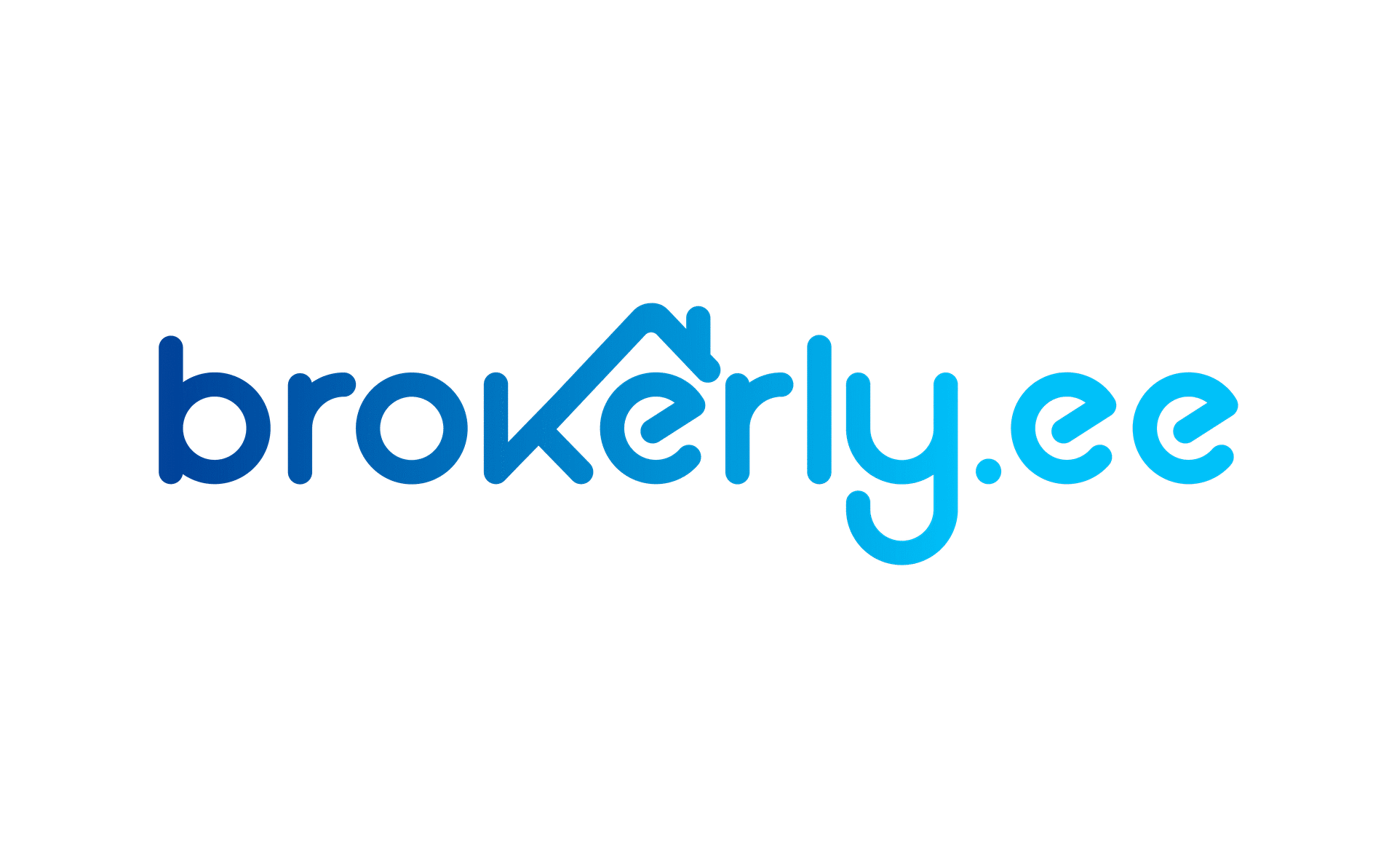When applying for a property loan in Estonia, there are some key factors to keep in mind. Firstly, to be eligible for a loan, you must be at least 18 years old and have a regular source of income. Additionally, Estonian banks typically require a down payment of at least 15% of the property’s purchase price.
By using a KredEx guarantee, it is possible to get a loan with 10% self-financing. KredEx guarantees the bank the remaining risk (up to 24%, but not more than 20,000 euros). The amount of the guarantee depends on the applicant’s target group. It is usually 20,000 euros, but in the case of an A, B or C energy label, KredEx can guarantee up to 50,000 euros. More information about the guarantee you can find https://kredex.ee/en/services/housing/housing-loan-guarantee
Interest rates for home loans in Estonia are typically variable and are based on the current market rates, with the most commonly used base rate being EURIBOR. EURIBOR is the average interest rate at which a selection of European banks lend money to one another, and is published daily. Borrowers can choose between a fixed or floating interest rate, with fixed interest rates being higher but offering greater stability over time.
The loan term for a home loan in Estonia can range from 5 to 30 years, with 20 years being the most common. It’s important to keep in mind that there are additional costs associated with purchasing real estate in Estonia, including appraisal fees, notary fees, and state fees.
Most Estonian banks also require that the applicant’s income is coming from Estonia and that they have a strong connection to Estonia. This helps to ensure that the borrower has a stable financial situation and is committed to repaying the loan.
In terms of specific terms you may encounter at Estonian banks, it’s important to understand the following terms in Estonian :
- Tagatisvara: This term refers to the collateral or security offered to the bank to secure the loan. In the case of a home loan, the property being purchased would be considered the tagatisvara.
- Krediidiskoor: This term refers to the credit score or rating used by the bank to determine whether or not an individual is eligible for a loan.
- Intressimarginaal: This term refers to the bank’s profit margin on the loan. The interest rate charged to the borrower will typically be the base rate plus the intressimarginaal.
- Laenutaotlus: This term refers to the loan application, which will typically require information about the individual’s financial situation, credit history, and the property being purchased.
Here’s a list of some of the major banks in Estonia:
When it comes to which bank offers better rates, it’s difficult to say without knowing the specifics financial situation and the property you are interested in purchasing. Interest rates for home loans in Estonia are typically based on the borrower’s creditworthiness and the loan-to-value ratio, as well as the current market rates.
It’s a good idea to shop around and compare rates and terms from multiple banks to see which one offers the best fit for your needs. Keep in mind that in addition to the interest rate, you’ll also want to consider any fees associated with the loan, as well as the level of customer service and support offered by the bank.
In general, some of the more established banks such as Swedbank and SEB may have more competitive rates, but it’s always worth exploring all options to find the best fit for your specific situation.
It’s important to note that Estonian banks have strong anti-money laundering procedures in place and are quite rigorous with those. When applying for a loan, applicants will typically need to provide detailed information about their financial situation, including sources of income and assets. Banks in Estonia also have strict due diligence procedures in place to verify the identity of borrowers and ensure that funds are not being used for illicit purposes. While this may make the loan application process more rigorous, it also helps to ensure that the banking system in Estonia remains secure and trustworthy. If you have any concerns or questions about the anti-money laundering procedures in place, it’s important to speak directly with the bank or financial institution you are working with.
I hope this information is helpful to you as you navigate the process of applying for a home loan in Estonia. Good luck with your purchase!


